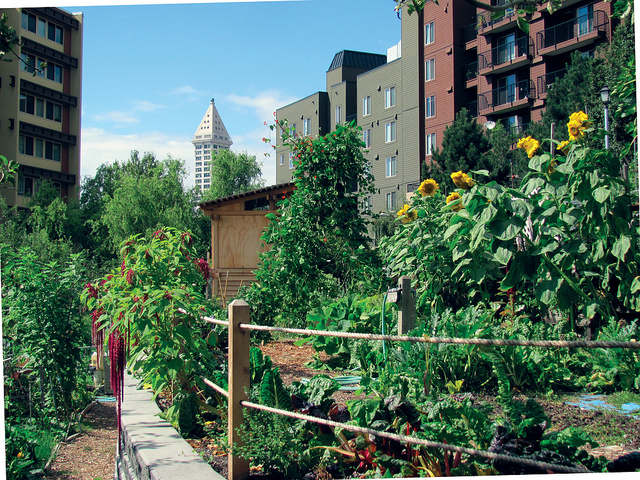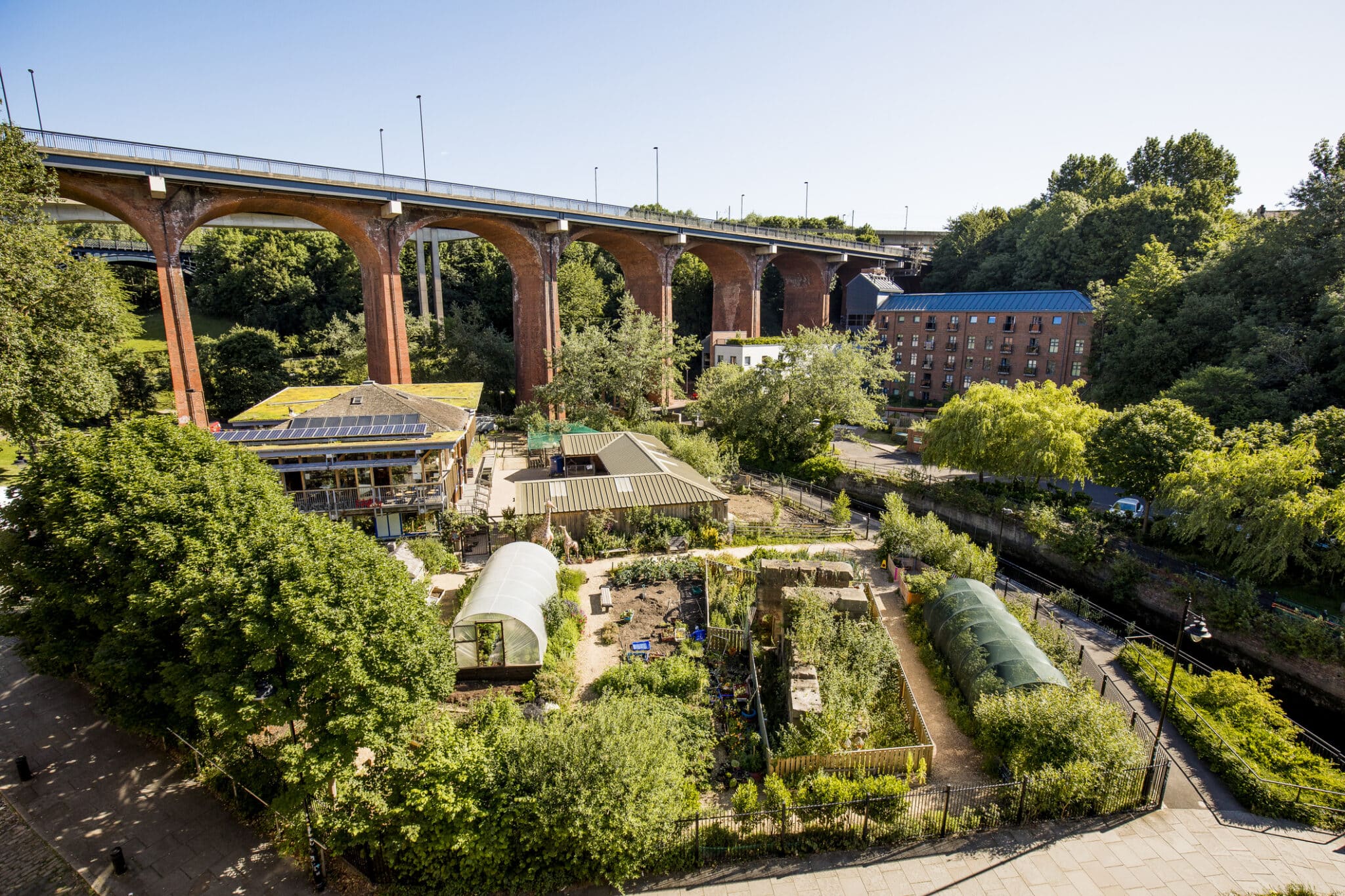City Blooming for Dummies
Wiki Article
City Blooming Things To Know Before You Get This
Table of ContentsThe Facts About City Blooming UncoveredCity Blooming Fundamentals ExplainedThe 10-Minute Rule for City BloomingThe smart Trick of City Blooming That Nobody is Talking AboutSee This Report on City Blooming
Fascinated in expanding food for sale in the City of Chicago? Below is a list of regularly asked concerns relating to the guidelines and policies that cultivators ought to think about when preparing an urban agriculture project.
The zoning change does not modify any kind of other codes handling composting, structure licenses, acquiring or leasing City had residential property, service licenses or environmental contamination. There are existing codes that manage these problems and they continue to be in complete impact and might apply to your task. Community yards are normally possessed or managed by public entities, public companies or community-based companies and maintained by volunteers.
Urban farms expand food that is planned to be sold, either on a nonprofit or for-profit basis. Because of their industrial function, metropolitan ranches call for a company license. Yes. A community yard is permitted to sell surplus generate that was expanded on website if the sales are accessory or subordinate to the garden's main function explained above.
The Main Principles Of City Blooming
The quantity of garden compost material can not go beyond 25 cubic backyards at any given time according to the standards in 7-28-715 of the City's Municipal Code. Because the dirt at the majority of brand-new yard sites requires amending, garden compost, soil, timber chips, or various other materials can be gotten to create or improve the growing room.
If a structure permit is called for after that the hoophouse will certainly be taken into consideration an accessory building. You can learn even more about the structure license needs by contacting the Division of Structures. The 25,000-square-foot size restriction is meant to avoid a single community garden from controling a provided block or taking away from the block's existing household or industrial character.
The limitation does not use to yards located in Public Open Area (POS) areas. Can there be more than one neighborhood yard that is 25,000 square feet on a solitary block? Fence is not needed, nonetheless, yards that have huge parking locations might be required to set up secure fencing or other landscape design features.
See This Report on City Blooming
B1 & B2 areas require that all business usage activities be performed indoors. R areas restrict commercial task. The laws reflect the function and intent of the Zoning Code. Is fence required for city farms? Yes. Fencings may be needed, together with landscaping and testing, for sure vehicle parking areas and outdoor work or storage space areas depending upon place and the details task happening.Yes. Urban farms call for building authorizations and zoning authorizations before building. Other kinds of city evaluation might be required relying on details frameworks, activities, dimension, landscaping, licensing, public heath and stormwater administration problems. Most of these needs are recognized in the task design or allowing process, nevertheless, the candidate may be responsible to individually recognize particular licenses or allows that may be called for.
The Division of Company Matters and Consumer Security can aid determine the details kind of business license that's needed. Off street vehicle parking is required for many industrial tasks in Chicago. The required number of car parking spaces is based on the number of staff members working on site and not the square video of the growing room.
All About City Blooming

Yes. An urban farm can offer garden compost material created on website, however, the procedure has to follow the regulations in 7-28-715 of the Chicago Municipal Code. Yes. Aquaponic systems are allowed indoors on city ranches in lots of zoning areas. A zoning testimonial and structure permit is required in order to install frameworks or systems and a service license is called for as described over.
Approximately five hives or nests of honey bees may be kept as an accessory usage. Beekeepers should sign up with the Illinois Department of Agriculture. For additional information concerning the recommended zoning change you might speak to the Division of Real Estate and Economic Growth, Bureau of Preparation and Zoning at 312.744.8563.
Farming in cities and urban areas An urban farm in Chicago. Urban farming refers to numerous techniques of growing. https://www.quora.com/profile/Daniel-Nold-6, handling, and dispersing food in city locations. The term likewise puts on the area activities of pet husbandry, tank farming, beekeeping, and horticulture in an urban context. Urban farming is distinguished from peri-urban agriculture, which takes location in backwoods beside suburban areas.
About City Blooming
It can include read here an activity of organic growers, "foodies" and "locavores", that seek to form social networks established on a common values of nature and neighborhood holism. These networks can establish by method of official institutional support, coming to be incorporated right into local community planning as a "transition town" motion for lasting urban development.In either situation, the more direct accessibility to fresh veggie, fruit, and meat products that might be know through city farming can improve food safety and food safety while decreasing food miles, leading to lower greenhouse gas exhausts, thereby adding to climate adjustment mitigation. Some of the very first proof of urban agriculture originates from Mesopotamia.
Report this wiki page